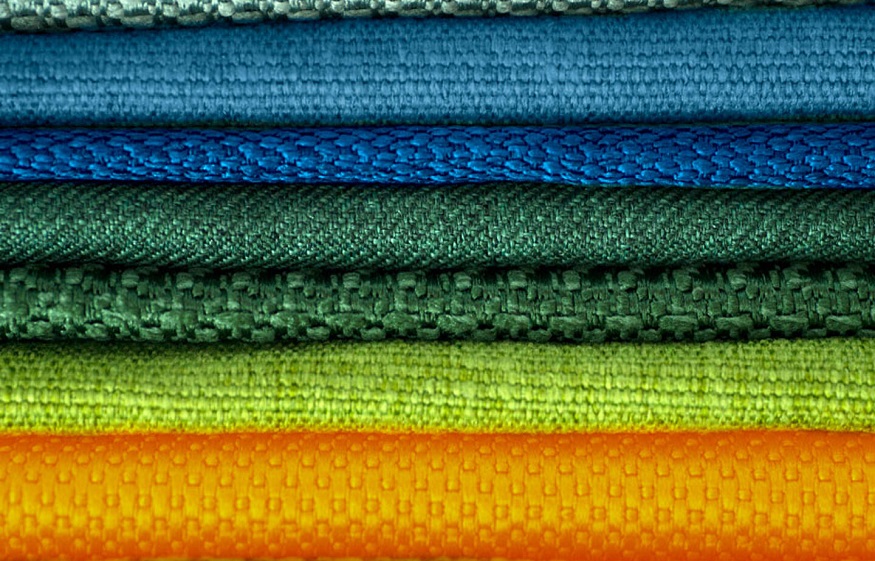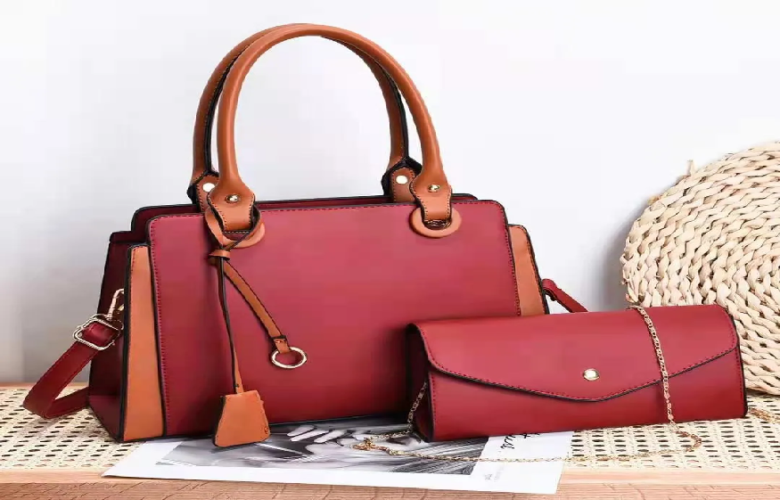Wool fabrics is manufactured from the natural fibers found in sheep, goats, rabbits, camels, and other animals’ fleece. Wool is a remarkably elastic raw material since it is mostly made up of keratin-based proteins. Wool is one of the most widely used high-quality fabrics in the world, second only to cotton and synthetic fibers. The ability of wool garments to retain heat is its most enticing characteristic. Wool also has the added virtue of being durable and versatile, as it can be woven into both heavy, coarse high-quality fabrics and lightweight, soft high-quality fabrics.
Learn more about fabrics here! Let’s have a look at how wool high-quality fabrics are made and processed before it reaches any wholesale high-quality fabric supplier.
Step 1: Raw Materials
While most people associate wool with sheep, other animals generate good protein fiber as well. Hair from a variety of camels, goats, and rabbits is classed as wool. Wool is a type of protein known as keratin, according to science. The cuticle, cortex, and medulla are the three essential components of each piece.
In the outermost layer of the skin, we can find the cuticle. These scales prefer to adhere and stick to each other when two threads come into contact with each other. Wool strands are easily spun into thread because of this physical adhering and sticking. The cortex, which is made up of millions of cigar-shaped cortical cells, is the interior structure of the brain.The natural crimp peculiar to wool fiber is also due to the arrangement of these cells.
Step 2: Sorting and Grading
Grading is the process of separating the fleece into sections based on its overall quality. The wool is divided up into portions of differing quality fibers from various areas of the body during sorting. Excellent quality does not always imply high durability when it comes to wool grading.
Step 3: Scrubbing and Cleaning
Grease woo is wool that has been removed directly from the sheep and contains sand, filth, grease, and dried sweat. The wool is scrubbed in a series of alkaline baths including water, detergent, and soda ash or a similar caustic to remove these impurities. This procedure’ byproducts (such as lanolin) are conserved and used in a range of home items. The fleece is squeezed dry by rollers in the scouring machines, but it is not allowed to dry entirely. The wool is often treated with oil after this process to make it more manageable.
Step 4: Carding
The fibers are then straightened and blended into slivers by passing them through a succession of metal teeth. Carding also eliminates any dirt or other materials that has remained in the fibers.Gilling and combing are two methods that remove short strands and position the longer fibers parallel to each other in carded wool used for worsted yarn. The sleeker slivers are then crushed and thinned using a technique known as drawing. Carded wool that will be spun into woolen yarn is shipped straight to the mill.
Step 5: Spinning
The fibers are spun together to make one strand of yarn, which is then spun with two, three, or four other strands. Wool is relatively easy to join, expand, and spin into yarn because the fibers adhere and stick to one another.Worsted yarns can be spun on a number of spinning machines, but woolen yarns are commonly spun using a mule spinning machine. After being spun, the yarn is wrapped around bobbins, cones, or commercial drums.
Step 6: Weaving
The wool yarn is then weaved into a cloth. The plain weave and the twill weave are the two most common weaves used by wool manufacturers. Woolen yarns are woven into high-quality fabric with a plain weave, resulting in a high-quality fabric with a looser weave and a soft surface with little or no shine. The napping typically hides building weaknesses.Using a twill weave and worsted yarns, elegant fabrics with exquisite patterns can be created.As a result, the fabric is more tightly knit and smooth. Worsteds are more durable and consequently more expensive than woolens since they are better made.
Step 7: Finishing
Worsteds and woolens both go through a number of finishing techniques after weaving, including fulling, crabbing, decating, and dyeing. Although dyeing wool fibers before the carding process is possible, coloring wool fibers after they have been woven into high-quality fabric is also possible.
The majority of quality control in wool fabric manufacture is done by sight, feel, and measurement. Before fabrics go through any of the finishing treatments, loose threads are removed with tweezer-like instruments called burling irons, knots are pushed to the rear of the cloth, and other specks and minor faults are addressed. Wool is currently in such high demand and extensive use that there is little doubt that it will continue to play an important role in the fabric business. Only a big breakthrough that incorporates all of wool’s many qualities—such as its warmth, durability, and value—could jeopardize the natural fiber’s dominance.




